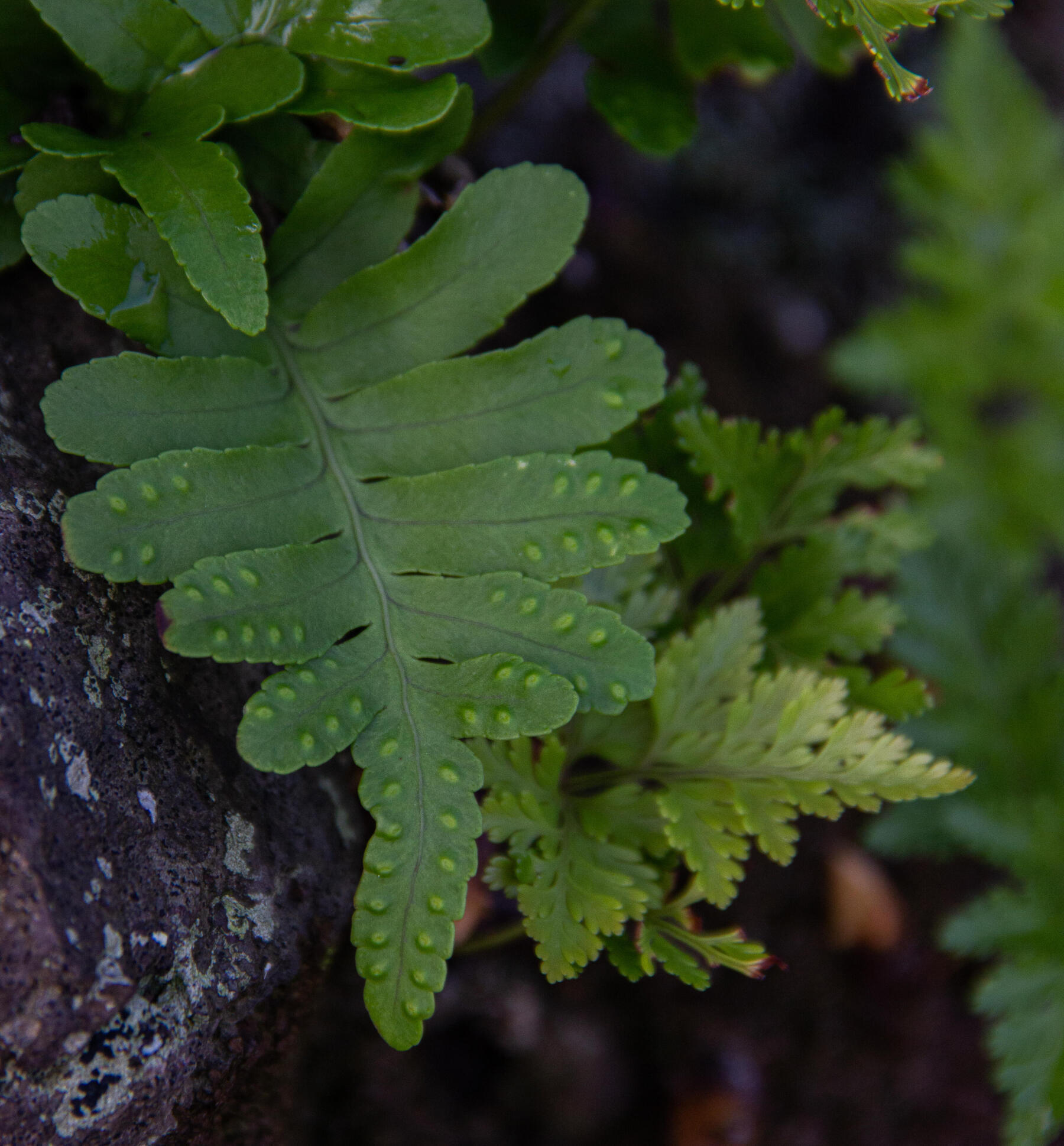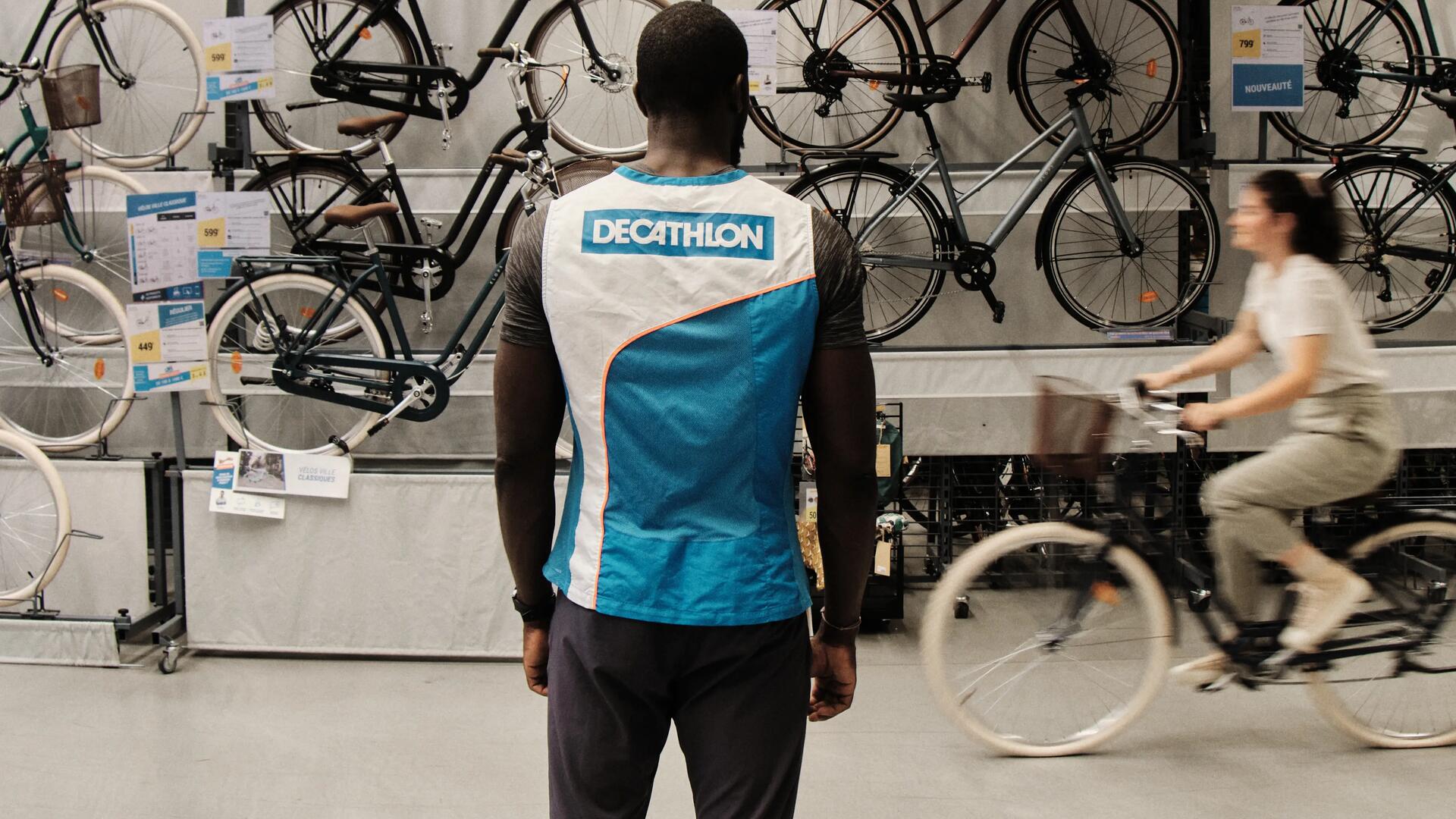Biodiversity: adapt…
Biodiversity (all the species that populate our planet: plants, bacteria, animals, etc.) has been through a sharp decline for half a century. The crisis it is undergoing is multifactorial. Those you can see directly are deforestation, chemical pollution and overexploitation of resources. We, therefore, also have to add climate change.
To summarise, we could say that the warmer it gets on Earth, the greater the number of species that suffer increases. Well, all ecosystems are now exposed to global warming and its consequences: wetlands, deserts, mountains, tropical forest, oceans, rivers, etc.
Species are trying to adapt to survive. They are doing so in several ways. They can firstly evolve. It is known as the climate's "evolutionary pressure" on species, which develop new traits to cope with environmental constraints. For example, trees overexposed to the heat start producing smaller leaves. The kidney wood, an Australian shrub, is a case in point that has found this solution to compensate for the rise in local temperatures (+1.5°C between 1950 and 2005). Other examples, in France this time: researchers at the National Museum of Natural History have discovered that birds are born smaller in warm years. In fact, a smaller body means a body that is easier to cool down...







